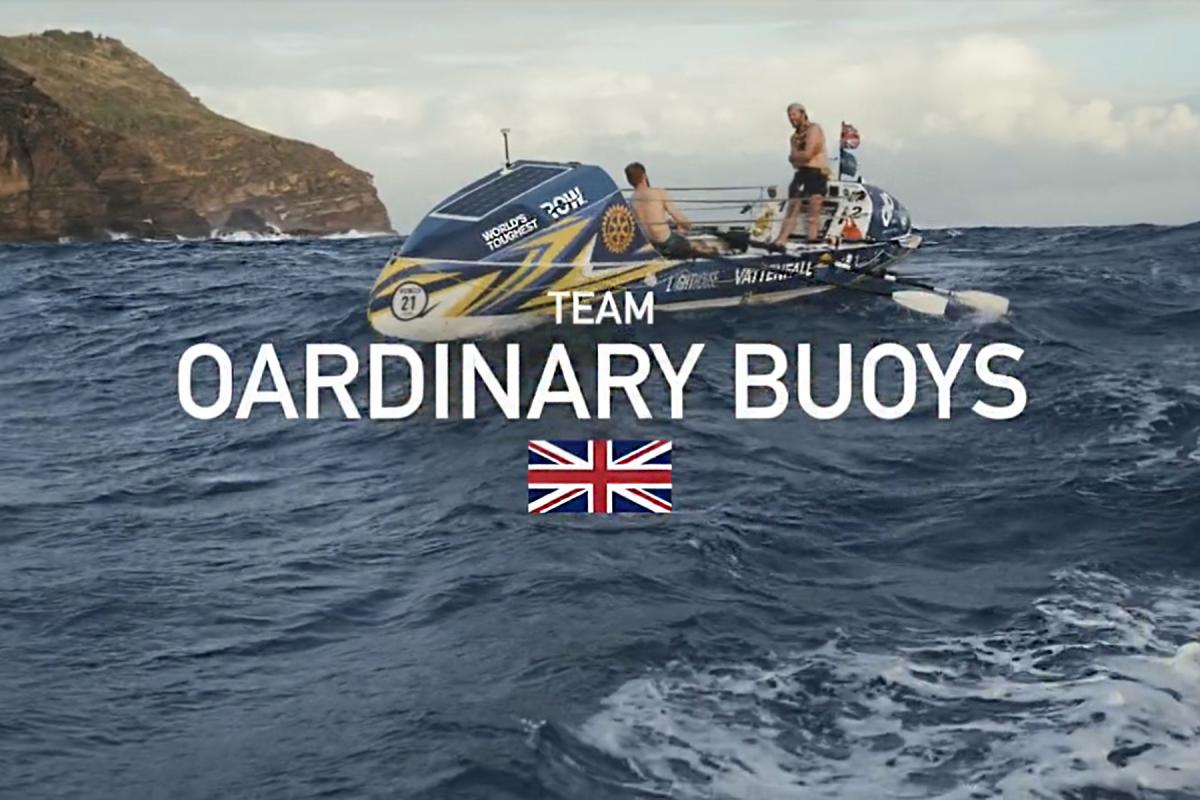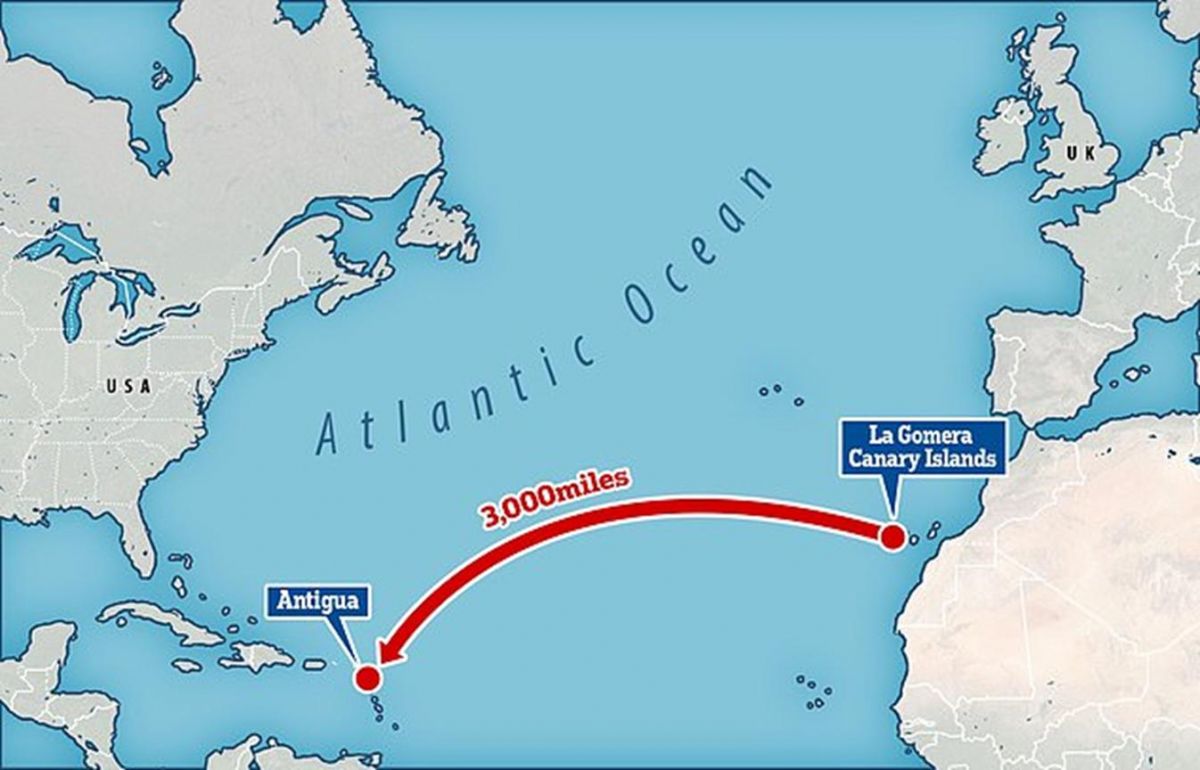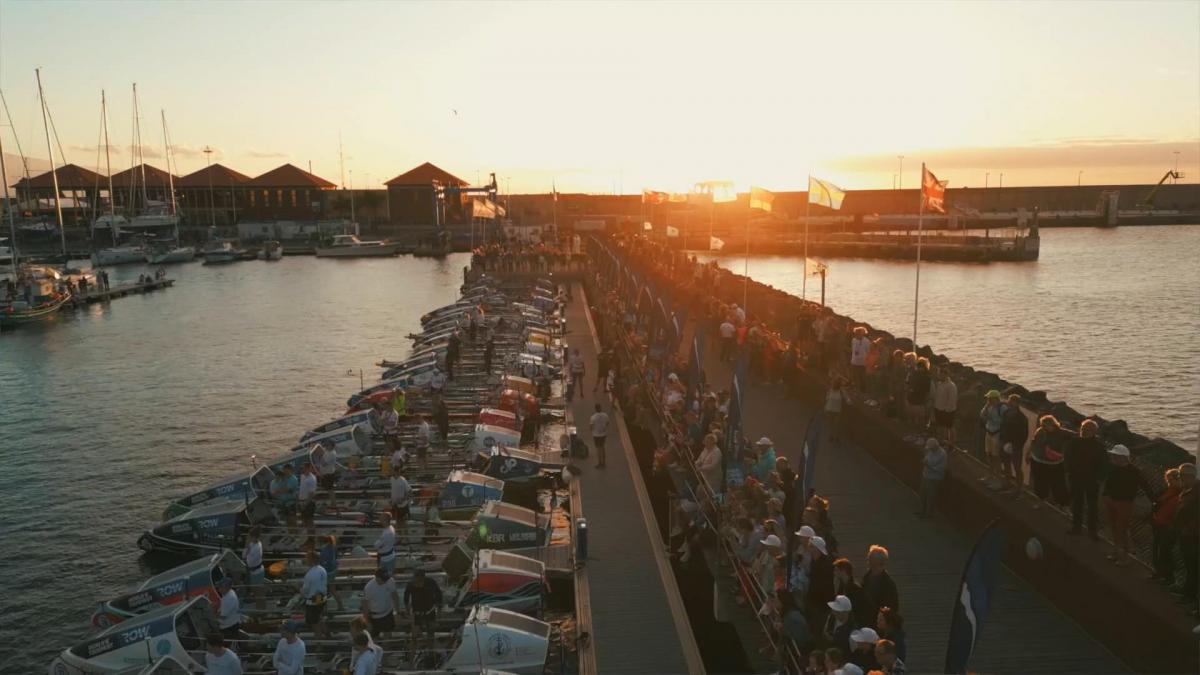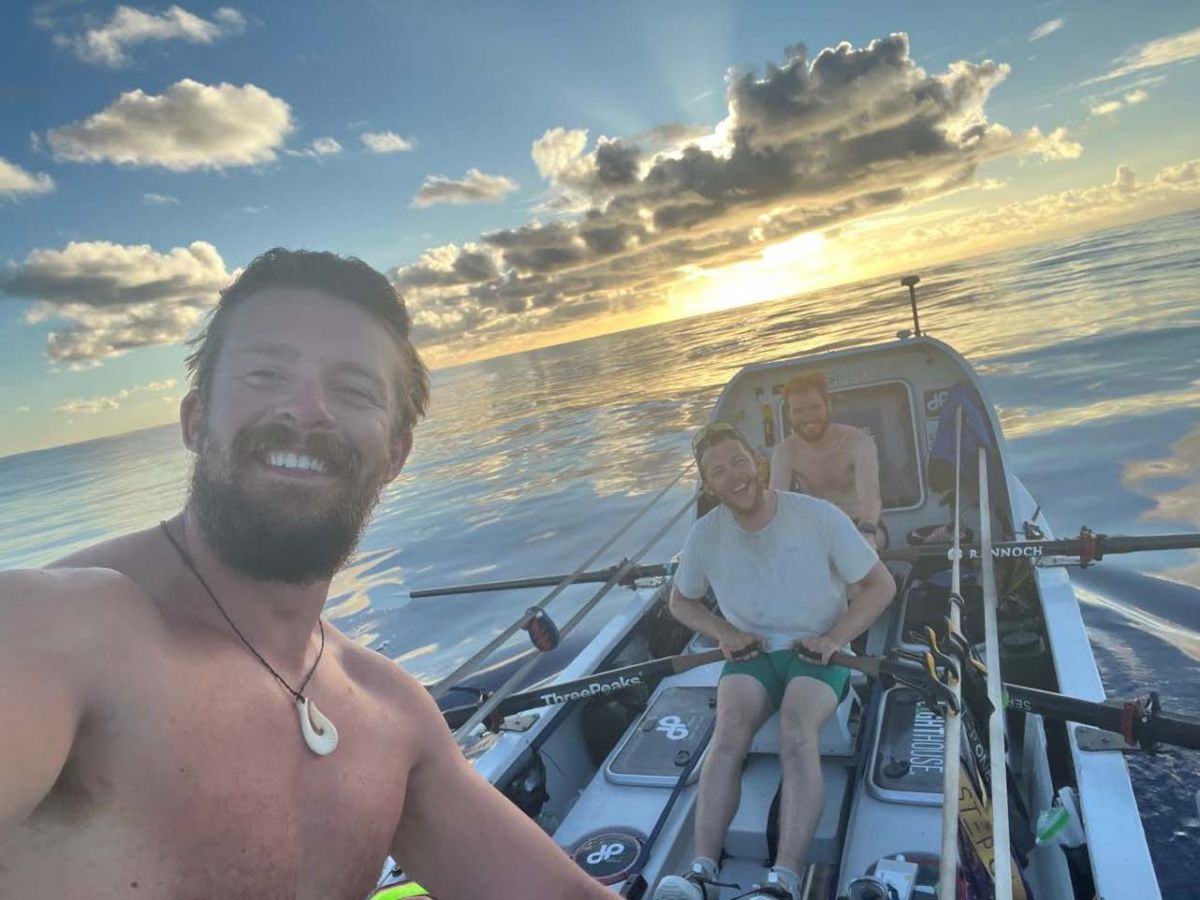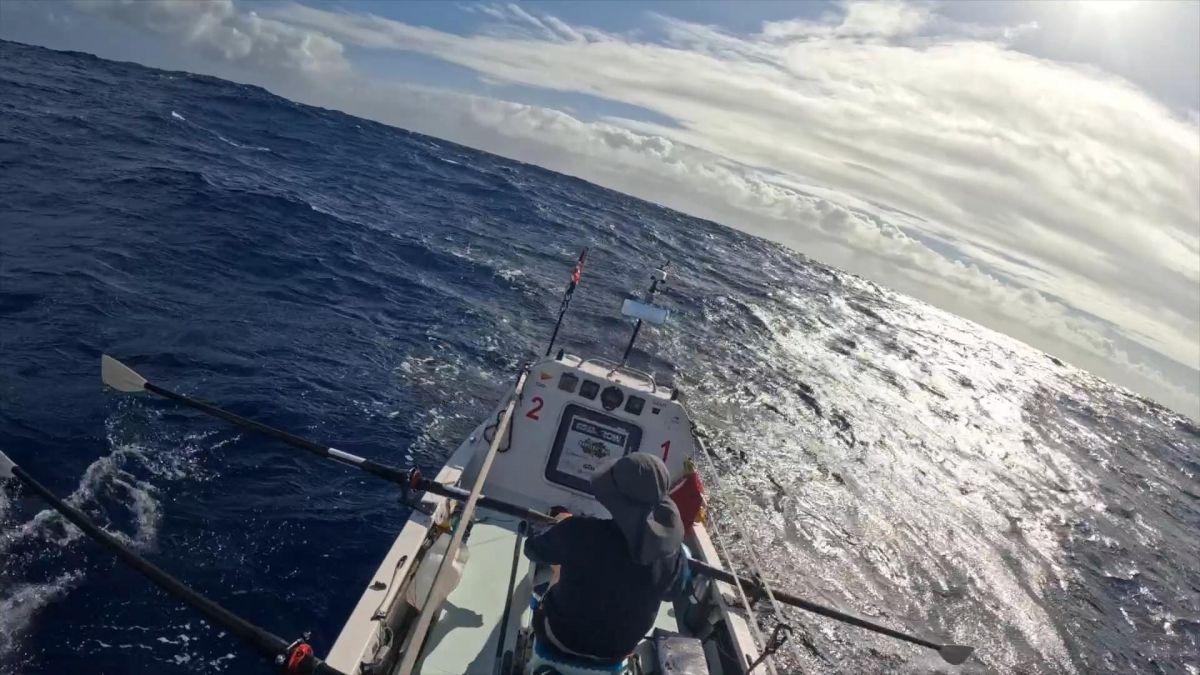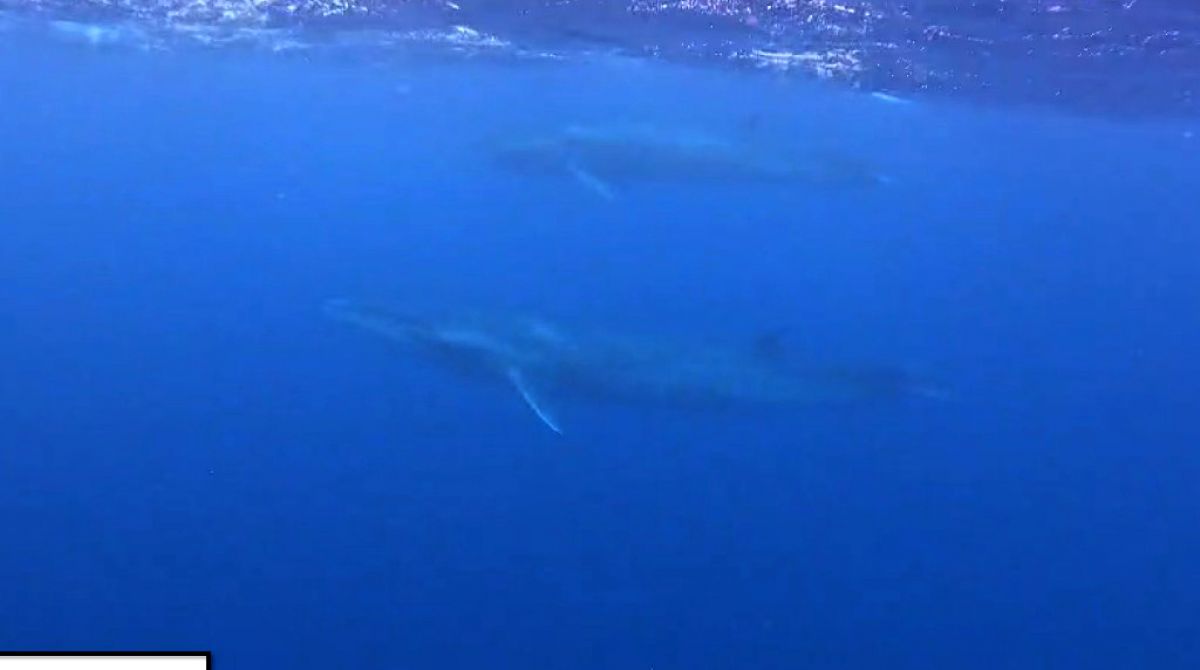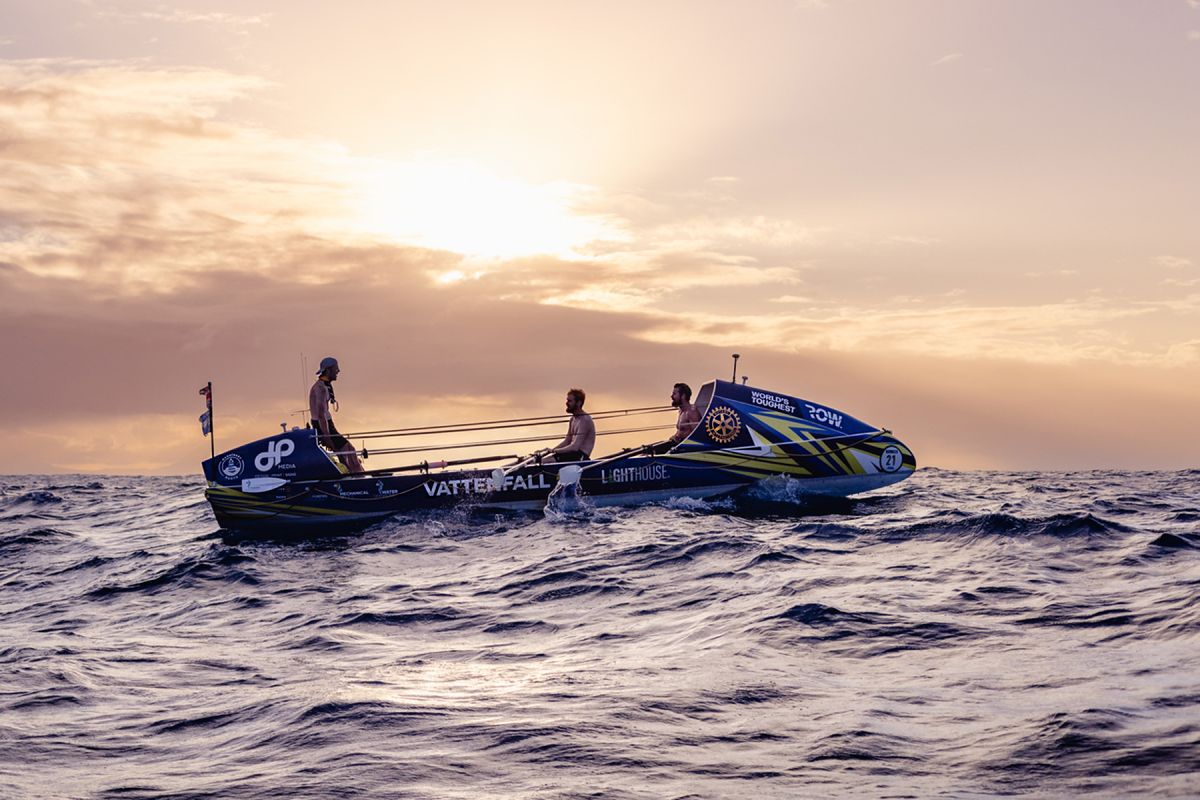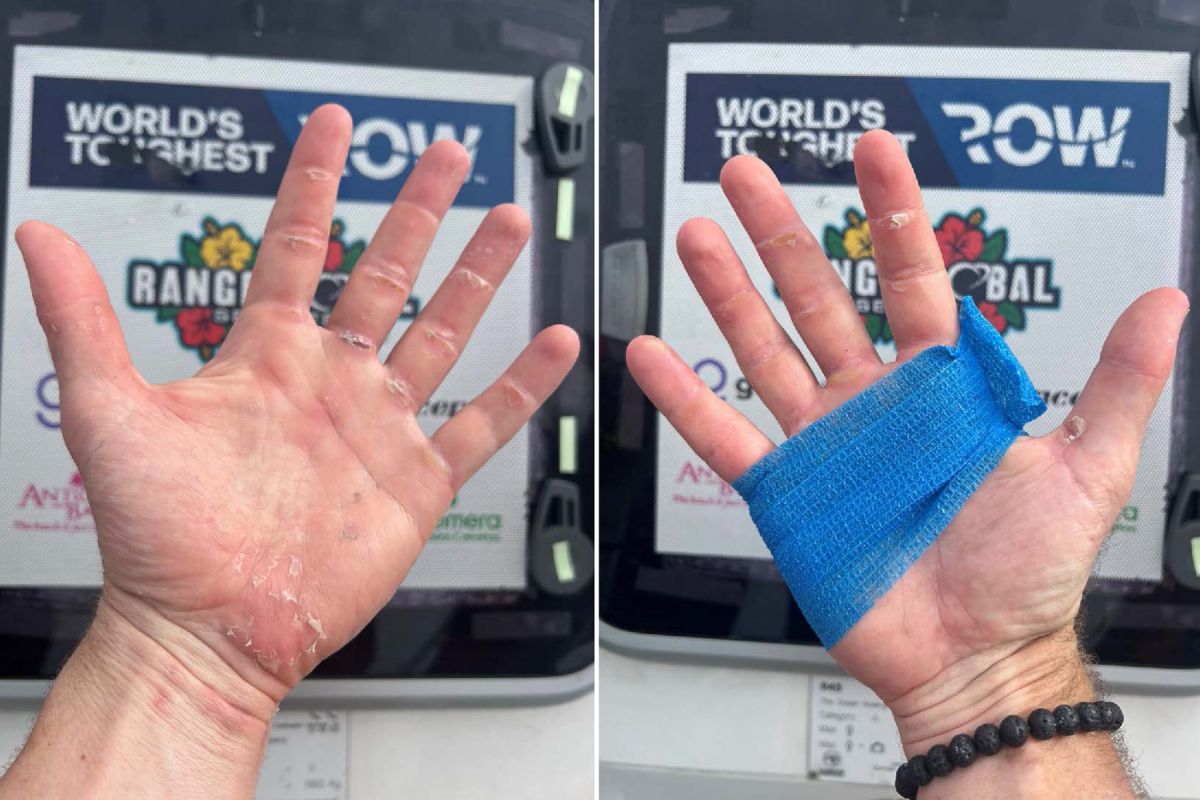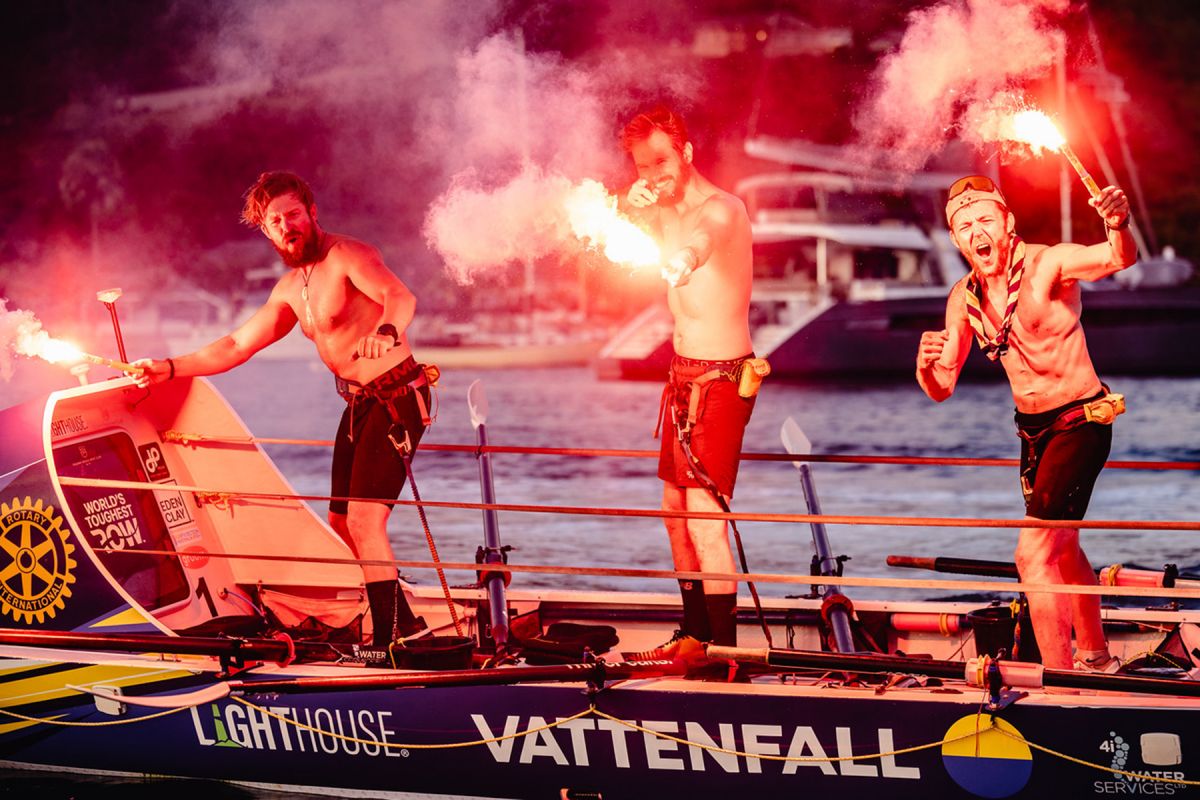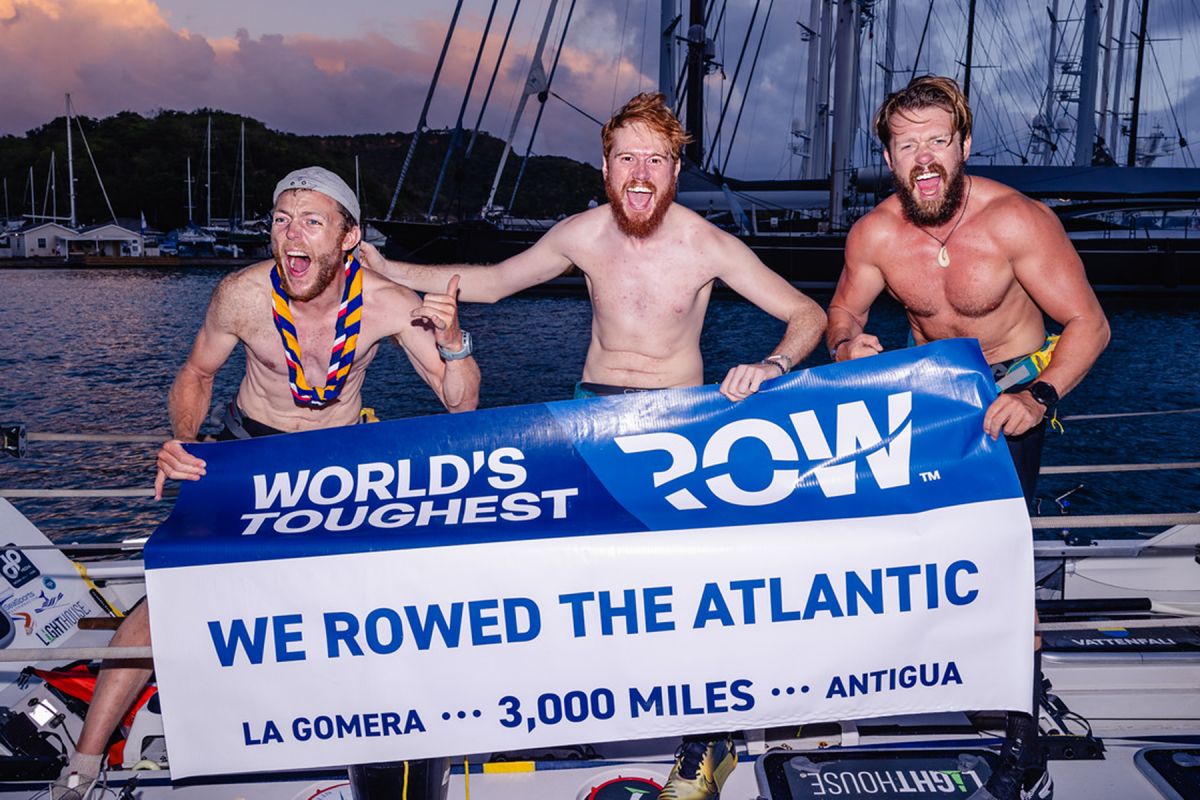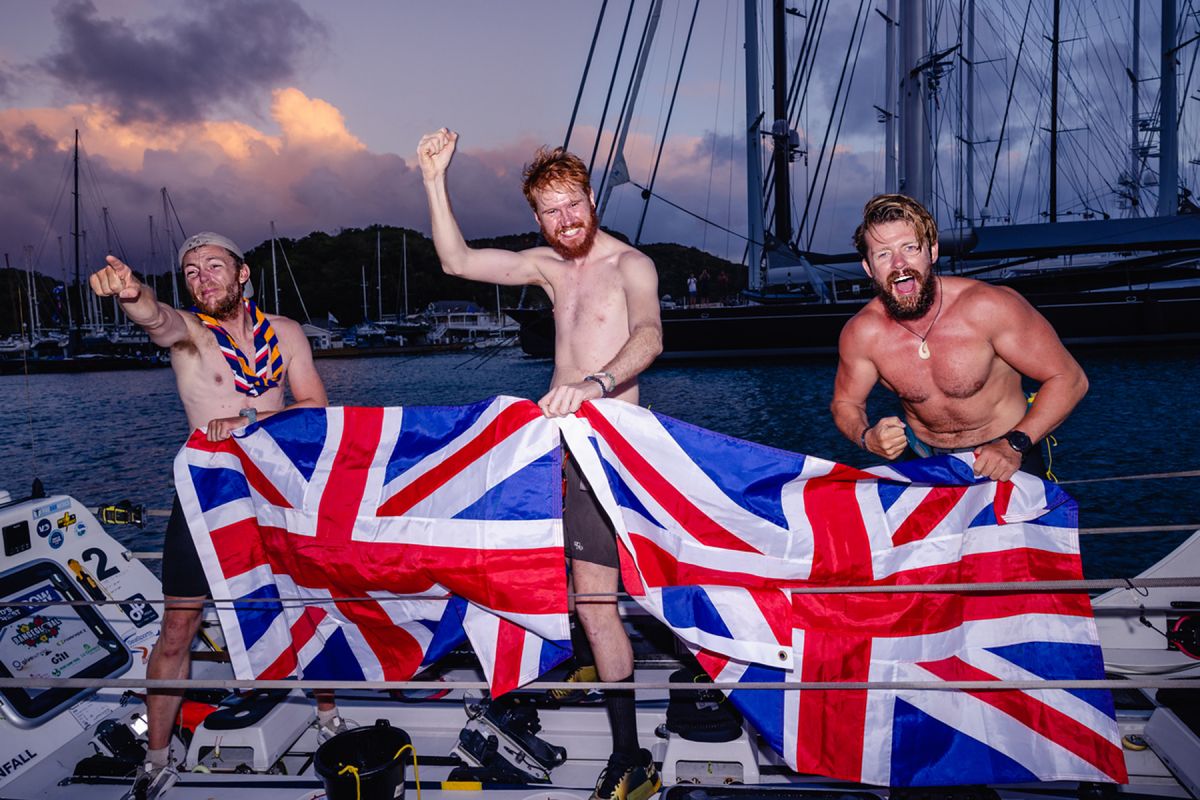Three Men in a Boat
Mon, Jul 21st 2025 at 1:00 pm - 3:00 pm
Dafydd and his team of three complete the World's Toughest Row 3,000 miles across the Atlantic
The World's Toughest Row
Dafydd Helps-Fursse had piqued our imagination when he spoke to us a couple of years ago about his plans to row the Atlantic in the World’s Toughest Row, a transatlantic race over 3,000 miles across the Atlantic from La Gomera in the Canary Islands to Antigua in the Caribbean, to set an example to young people to be more adventurous. So much so that we helped sponsor his boat, and added a Rotary Club of Billericay logo to its side. Dafydd returned on July 21 to tell us how the realities of the trip compared to those plans. He began with a recap of his background and reasons for undertaking this challenge.
Entrants can be single rowers, duos, trios, quads or Quintuplets, and each boat must be fully self-sufficient, carrying everything needed to complete the crossing. Dafydd teamed up with a couple of like-minded adventurers – Scott Brown and Patrick Deacon – to form the ‘Oardinary Buoys’.
The best laid plans …
On 18th November (24 days before departure) disaster struck. Team skipper Patrick Deacon broke his leg. The other two team members were given a lengthy list of conditions to meet in order to stay in the race. This included finding a replacement team member who had previously rowed an ocean, and completing 72 hours of mandatory training with the new team member. All this had to be done within 7 days.
Fortunately, frantic messaging to likely sources of an experienced ocean rower won the sympathy of the “Salty Sappers”, another team of four rowers who had won the previous year’s transpacific “toughest row” and one of their members, Richard Wilkinson, volunteered to join the Oardinary Buoys.
On 29th November the newly-formed team arrived at La Gomera, where they undertook the required 72 days training. They were back in the race!
Forecasts of a huge Atlantic storm heading for La Gomera caused the start to be brought forward a day to 11th December. The boats departed on a more southerly route than originally planned, to avoid the worst of the coming storm.
Despite this, four days into the race the team were facing waves of up to 20ft. high. Not a problem though, as the boat was built to withstand seas like this.
What a difference a day makes
7 days into the race, Oardinary Buoys found itself in 7th place overall (of 38 boats) and leading the ‘trios’ class, four places ahead of the favourites for this category, a military crew, titled ’Team V3nture’. Not only that, but Oardinary Buoys was the fastest boat of the day.
However, a little over 24 hours later, things were looking very different, as Day 9 saw a huge storm pick up sand in Africa, and dump it all over the boat. Sand deposits built up on the solar panels, lowering their generating efficiency. Also, the airborne sand blocked the sunlight, slowing the charging rate even further. Come nightfall the battery was low and the GPS system and all non-essential equipment - even the AIS (Automatic Information System (an essential safety device, which constantly transmits the boat’s position and receives the position of other nearby vessels, so each is aware of the other’s position) and the auto-tiller - were turned off to conserve power.
They switched to manual steering and reverted to the primary battery, just powering the AIS. Fortunately, over the next few hours the storm abated and, when dawn came, the battery resumed charging, enabling them to switch the auto-tiller and other systems back on. Gradually things returned to ‘normal’.
A pain in the …
Dafydd touched on some physical and mental impacts of rowing 3,000 miles. Skin was constantly getting soaked, then drying out, depositing salt which increased friction, only for the cycle to repeat. Small wounds easily become infected, and they suffered from blistered and bandaged hands, infected wounds on their legs and a backside covered with the rowing equivalent of bed sores.
By day 32 the crew were becoming very tired. The constant cycle of rowing duties takes its toll, both physically and mentally. More than once, a crew member was found to be rowing in their sleep and didn’t respond to crew members speaking to them.
Life on the Ocean Wave
The crew often get asked if they saw any wildlife on the trip. Flying fish were the most common visitors, but the highlight was the appearance of two whale sharks. Although it slowed their progress for a while, the team took the opportunity to swim with these creatures – an incredible experience.
Journey’s end
On day 41 they crossed the finish line at Antigua where they were reunited with friends and relatives. They were 9th overall (of 38) and 2nd in their class, having rowed an estimated 1 million oar strokes between them and lost an average 12.2kg per rower.
It had taken three and a half years of hard work, blood, sweat and tears to achieve this dream, but possibly the biggest achievement of all was creating the opportunity to impact the aspirations of about 21,000 young people at over 40 schools, showing them that with planning, commitment, effort and belief in themselves, they too can achieve their dreams.
back to page above this...
Community Service
back Our club contributes to the community by holding or supporting projects which encourage our young people to stretch their capabilities, and supporting projects which enrich the life of our town.
